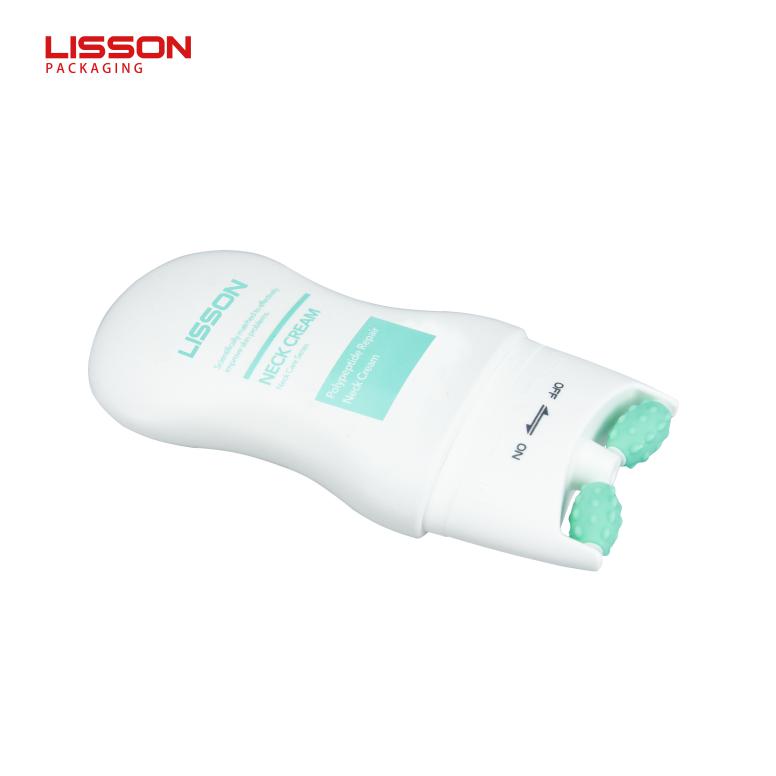How a Simple Custom EVA Case Can Add Value to a $1000 Product
In today’s competitive B2B landscape, product quality alone isn’t enough to seal the deal. When you’re selling high value items - whether it's advanced electronics, medical instruments, or professional tools - how you package and present them plays a critical role in your customer's perception. That’s where a custom EVA (Ethylene Vinyl Acetate) case becomes a silent value booster.
At Yisi Packing, we’ve seen firsthand how our custom EVA cases help clients protect their premium products, increase customer satisfaction, and stand out in their market. But what’s surprising to many is this: A low cost case can greatly enhance the product’s perceived value and help prevent issues after the sale.
Affordable Safeguard, Lasting Benefits
Imagine you’re shipping a $1,000 precision device. One bump in transit and you’re facing a costly return, repair, or worse - an unhappy customer. Our EVA cases are engineered with shockproof, water resistant, and scratch resistant materials to shield your product from damage, no matter where it’s going.
When your product arrives in perfect condition, you reduce returns and warranty claims - and that directly saves your business money.
Professional Presentation, Premium Feel
Let’s face it - first impressions matter. When the box looks generic, so does the product. A custom EVA case with your logo, brand colors, and molded interior says “premium.” It tells your customer you care about quality from the inside out.
Buyers and end users associate thoughtful packaging with a thoughtful product. This kind of presentation can build brand loyalty and justify a higher price point.
Custom Fit, Custom Function
Whether you need space for cables, manuals, or accessories, our in house design team at Yisi Packing can create an interior layout that fits your product like a glove. We make cases that are not just protective, but functional tools for your customers.
Many of our clients even report that customers reuse the EVA cases for storage or transport - giving your brand continued exposure long after the initial sale.
Add Value with Every Case
You don’t need to invest millions in R&D to improve your product’s market value. Sometimes, it’s the presentation that elevates the perception.
Want to see how a custom EVA case can enhance your product? Let’s talk. At Yisi Packing, we help brands turn packaging into profit.









